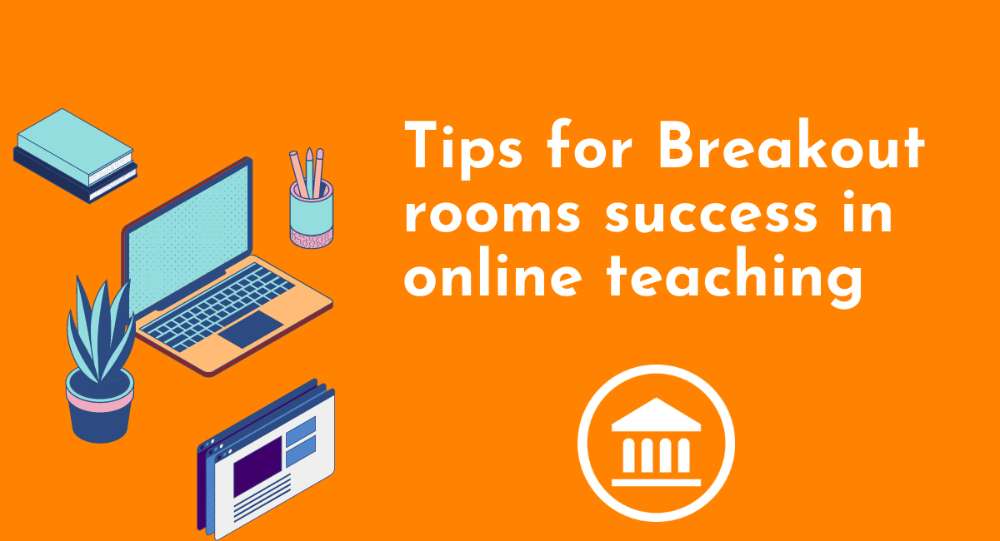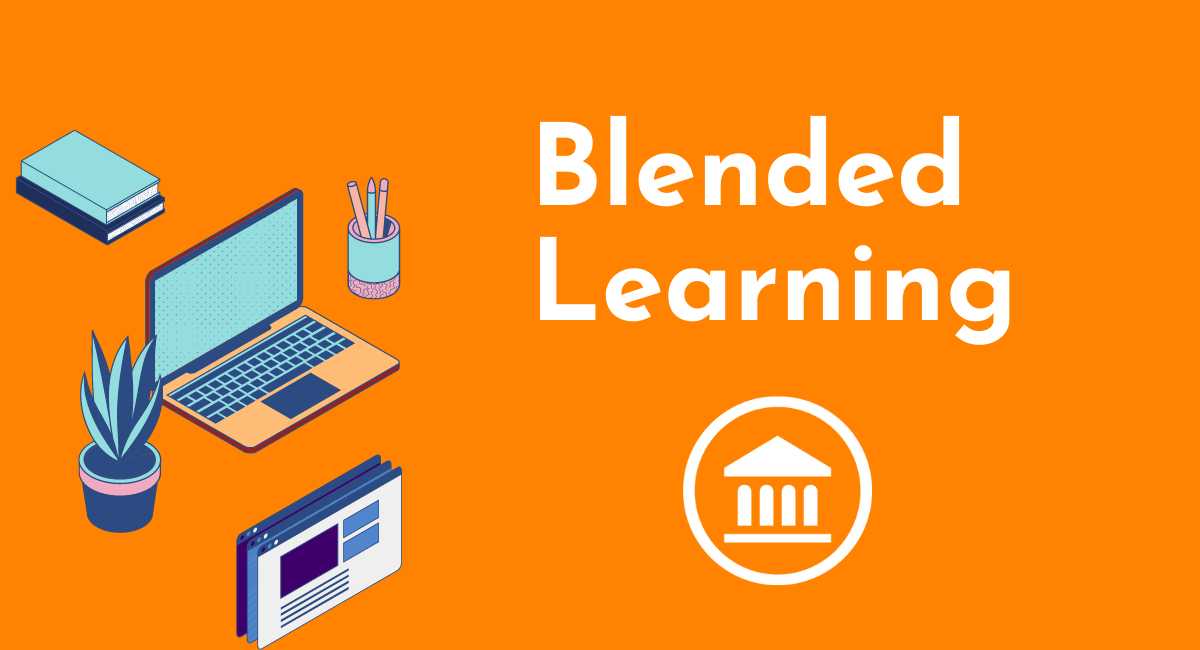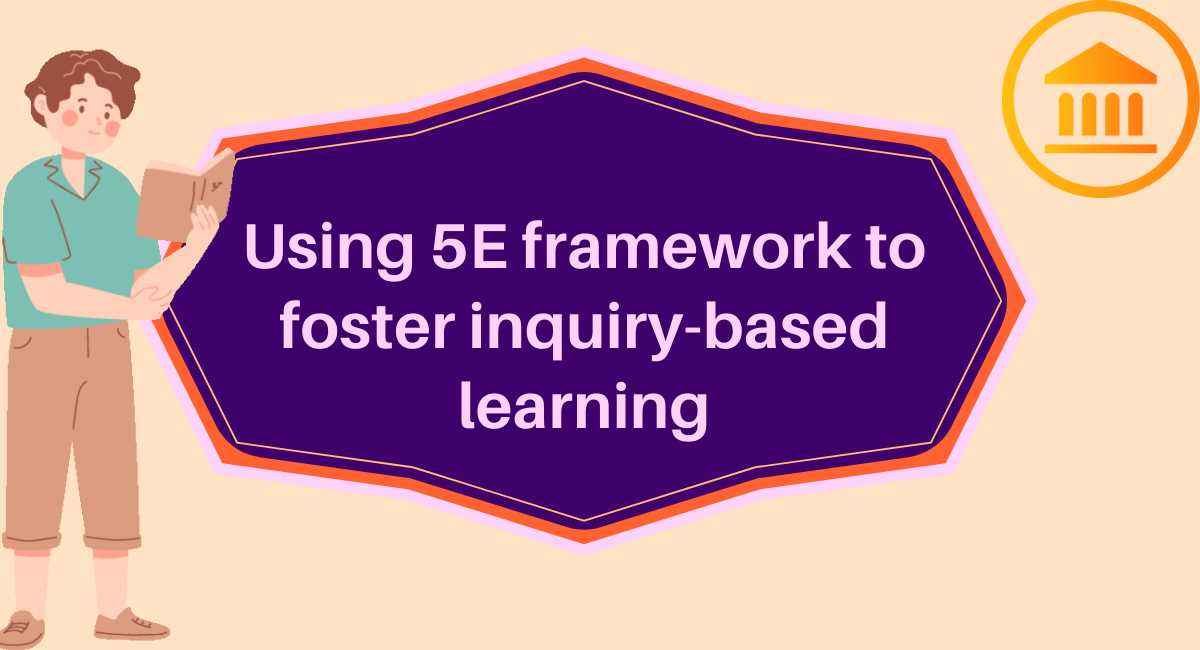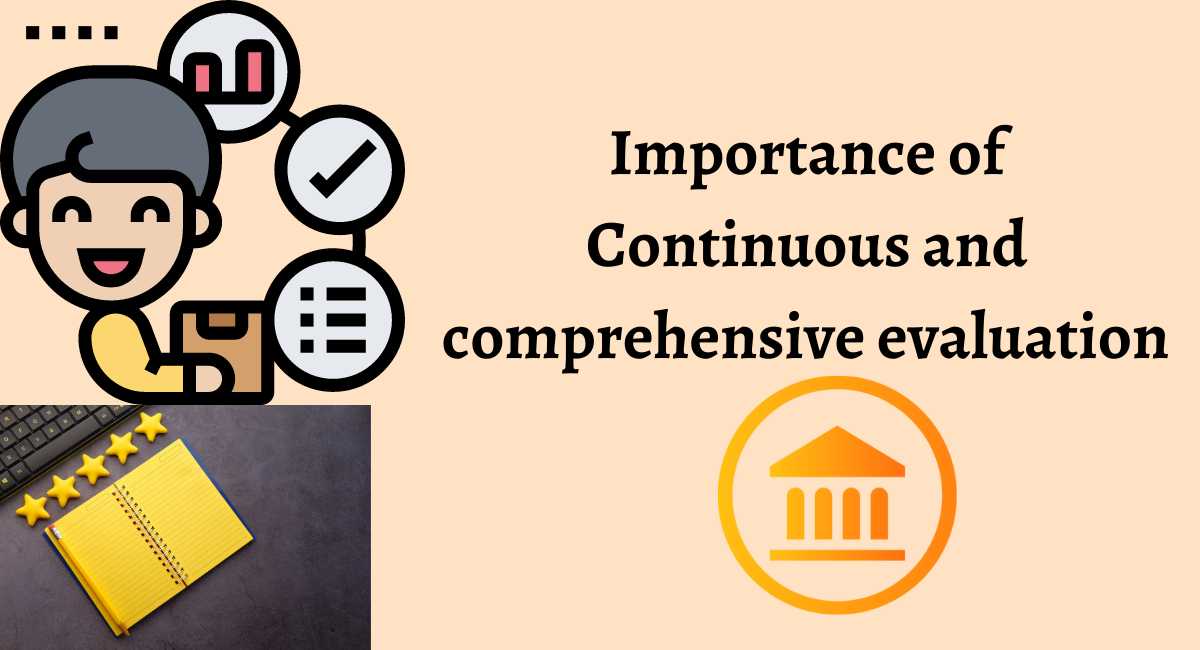Lesson planning is an essential component of a productive teaching-learning process. It brings consistency in the instruction and aids in the smooth flow of the lesson. Further, the lesson preparation is vital for guiding goal-directed instruction, helping the instructor become more organized to achieve the established objectives within the provided time period. The instructor should be well-versed in the subject area under discussion and be aware of any instructional materials or equipment that will be required to make the process run smoothly.
Below are some of the steps for designing a comprehensive lesson plan:
1: Defining the learning objectives: A learning objective is a statement that outlines what the learner will know or be able to accomplish as a result of the learning experience. Learning objectives should be described in clear activities, written in a language that students can understand, and clearly linked to the course learning outcomes.
2: Planning the learning activities: When developing learning activities, think about the kinds of activities students will need to do in order to gain the skills and information needed to show effective learning throughout the course. Learning activities should be closely tied to the learning objectives of the course and should provide opportunities for students to participate in and get feedback on particular progress toward those goals. Further, each learning activity in the lesson should be aligned to the lesson's learning objectives, meaningfully engaging students in active, constructive, authentic, and collaborative ways.
3: Planning the sequence of the lesson plan: Robert Gagne gave the 9 steps for designing and delivering a lesson plan effectively and these are called “events of instruction”. These 9 steps are as follows:
- Gaining attention: Attract students' attention so that they will be attentive when the educator delivers the learning material. The goal is to swiftly grasp the students' interest in the issue. Give an example of a tale or an issue that has to be solved, use ice-breaker activities to break the ice and so on.
- Informing the learners about the objectives: A lesson plan's objectives are the driving force behind it. Learners should have a clear idea about the goals to get a comprehension of the major topics.
- Recall prior knowledge: this will help students to make sense of new knowledge by comparing it to something they already know or something they have already experienced.
- Presenting the new content: The new material can be presented in a variety of ways, including lectures, readings, activities, projects, multimedia, and other means.
- Provide support and guidance: provide guidance to students to help them understand the subject and what resources are accessible to them. Students are less likely to waste time or grow irritated when they are provided instructional help in the form of scaffolds that may be withdrawn after the student has mastered the activity or material.
- Practice: Allow students to apply their skills and knowledge. The instructor can create some real-life scenarios, and students will be encouraged to respond to them using the knowledge they have gained.
- Provide feedback: To assess and support learning, provide rapid feedback on students' performance. Thanking pupils for their active engagement will assist to promote this behavior.
- Assess performance: assessment is done to check if the desired learning outcomes have been met. Exams/quizzes, written assignments, projects, and other evaluation techniques can be used.
- Enhance retention and transfer: Allow pupils to apply what they've learned in class to their own lives. Personalization of information improves retention. The session might be concluded by reiterating the subject's essential principles; repetition of a learned topic is an excellent way to improve retention.
4: Planning to assess students’ understanding: Assessments allow students to demonstrate their understanding of the information and abilities outlined in the learning goals. Further, it gives the opportunity to the instructors to provide tailored feedback that can help students to learn more effectively.
5: Create a realistic timeline: Make a list of two or three most important concepts, ideas, or abilities you want students to acquire throughout the class. Your prioritized learning objectives list will aid you in making quick judgments and adjusting your lesson plan as needed.
6: Lesson closure: The end of a lesson is an excellent time to reinforce what students have learned. Check for student knowledge at the end of the class, inform following instruction, emphasize crucial material, tie up loose ends, and preview next subjects. Finally, after each lesson, take a few minutes to reflect on what went well and why, as well as what you could have done differently.






















